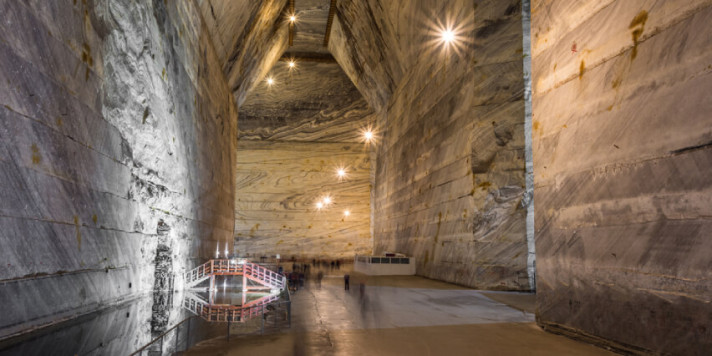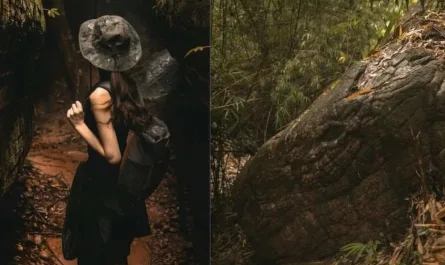Silver Falls State Park, Oregon: The Crown Jewel of Natural Wonders
Nestled in the foothills of Oregon’s Cascade Mountains, approximately 20 miles east-southeast of Salem and an hour from Portland, Silver Falls State Park reigns as the largest state park in Oregon, spanning over 9,000 acres. Often dubbed the “crown jewel” of the Oregon State Parks system, this expansive wilderness attracts over 1 million visitors annually with its breathtaking landscapes and recreational offerings. Established on July 23, 1933, the park is renowned for the Trail of Ten Falls, a 7.2-mile moderate hiking loop that showcases ten stunning waterfalls, four of which allow visitors to walk behind their cascading curtains. As of 9:50 PM MDT on July 5, 2025, the park stands as a testament to natural beauty and historical resilience, drawing adventurers year-round.
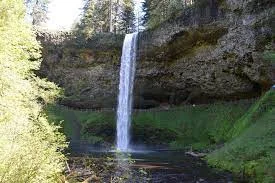
Historical and Cultural Roots
The land that became Silver Falls State Park has a deep history, originally inhabited by the Kalapuya and Molalla tribes for over 14,000 years. These nomadic peoples relied on the area’s rich game, salmon, and fertile soil until European settlers arrived in 1812, bringing diseases that decimated the indigenous population from 15,000 to about 600 by the 1840s. By 1854, the remaining tribes were forcibly relocated to reservations, paving the way for settlers to homestead the area, with the first claim near South Falls in 1883. Silver Falls City, a small logging community founded in 1888, thrived briefly before extensive logging scarred the landscape. Photographer June D. Drake’s early 20th-century campaign, using his iconic images, pushed for park status, though a 1926 National Park Service rejection cited the “thousands of stumps” left by logging. In 1935, President Franklin D. Roosevelt designated it a Recreational Demonstration Area, and the Civilian Conservation Corps (CCC) developed facilities like the South Falls Lodge, completed in the late 1930s and listed on the National Register of Historic Places in 1983.
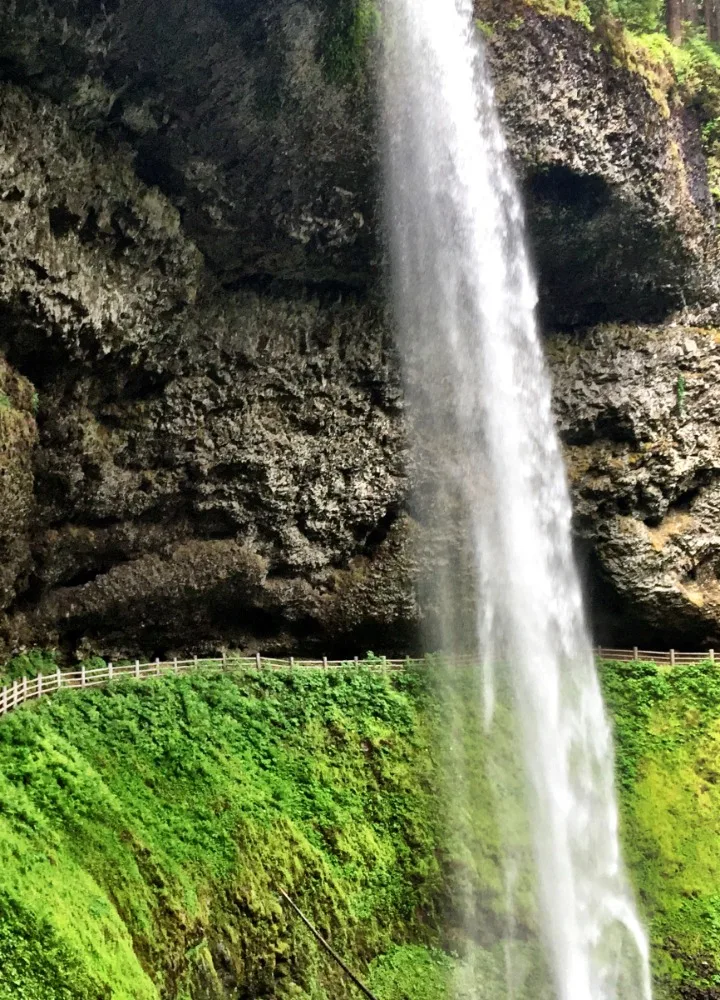
Natural Features and Trails
The park’s centerpiece, the Trail of Ten Falls, winds through a temperate rainforest along Silver Creek, descending 800 feet through a rocky canyon. Highlights include South Falls, a 177-foot cascade, and North Falls, both offering behind-the-falls experiences. Other falls, like Double Falls (178 feet) and Drake Falls, vary in height and flow, with seasonal peaks in spring due to snowmelt and reduced trickles in summer. The park’s 35-mile trail network also includes 14 miles of horse trails and a 4-mile bike path, catering to hikers, equestrians, and mountain bikers. The landscape features old-growth Douglas firs, moss-covered bigleaf maples, and basalt cliffs, with wildlife like black bears and blue herons occasionally spotted. The canyon’s formation, dating back 26 million years to the Oligocene period, reflects ancient ocean retreat and Columbia River basalt flows, shaping its dramatic topography.
Visitor Experience and Amenities
Open daily, Silver Falls offers diverse activities across its South Falls and North Canyon day-use areas. The South Falls area includes picnic shelters, a playground, barbecue stands, and an off-leash dog area, while the North Canyon provides ADA-accessible restrooms and a nature play area. The historic South Falls Lodge, open 365 days, houses a café and nature store. Camping options range from tent sites and RV spots to cabins and a horse campground, with Smith Creek Village offering group lodges. A day-use parking permit costs $10 (increasing to $10 on July 1, 2025), purchasable at trailheads or online, with annual passes at $35. Cell service is spotty, but free Wi-Fi is available at the lodge, and emergency 911 access works on all networks.
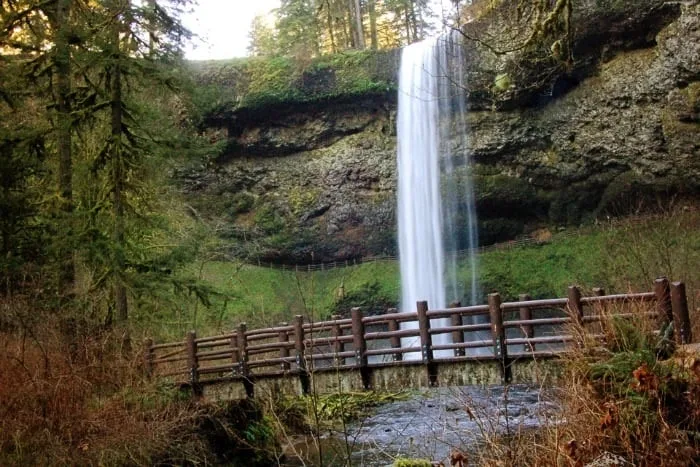
Visitors praise the park’s accessibility—South Falls is a short walk from the parking lot—though trails can be muddy, icy in winter, or crowded in summer. Fall colors peak in mid-October, while spring wildflowers and winter snow add seasonal charm. Posts found on X highlight the awe of walking behind falls and the park’s serene beauty, though early starts are recommended to secure parking.
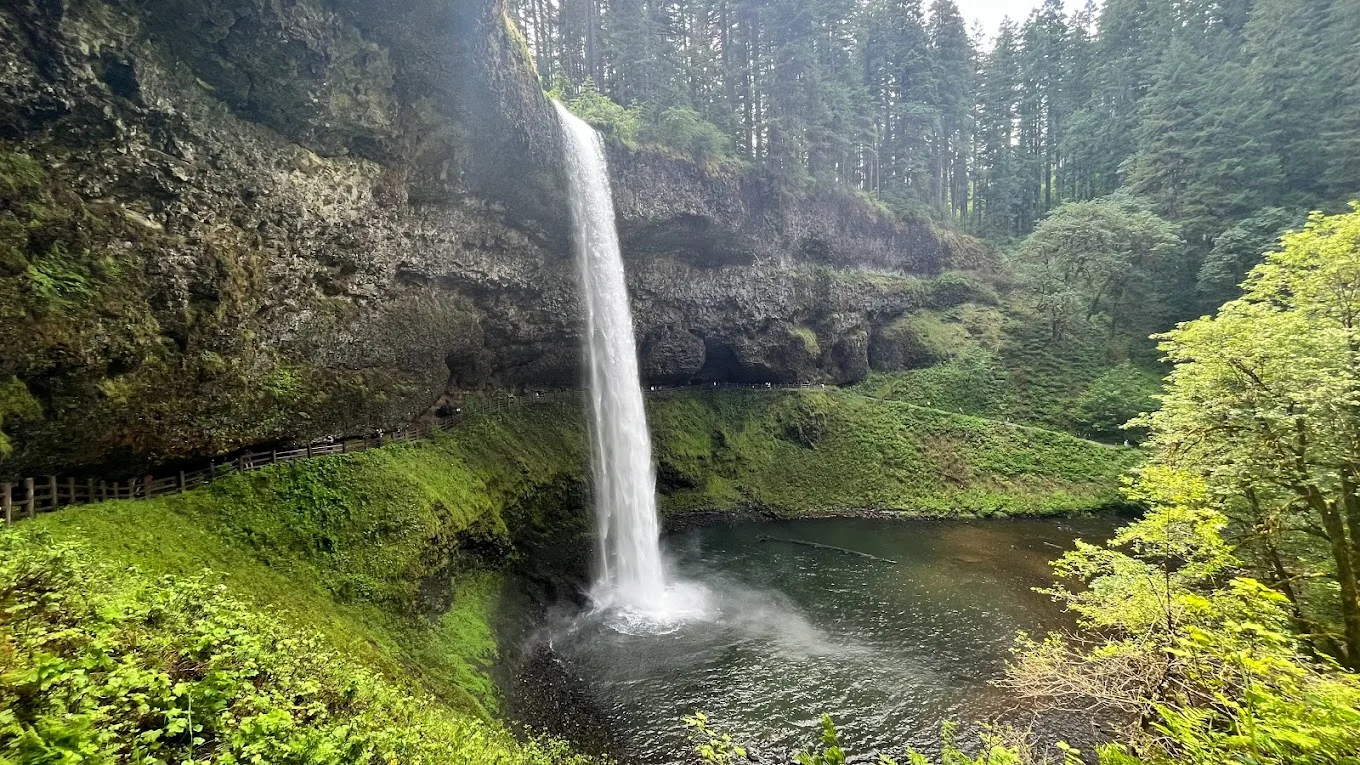
Challenges and Preservation
The park has faced natural trials, including the 1865 Silverton Fire, the 2020 Beachie Creek Fire (which scorched 27 acres but spared key areas), and ongoing erosion risks from its loess soil. The CCC’s restoration efforts revived the forest into a secondary growth, with one original old-growth stand preserved. Current conservation focuses on trail maintenance, fire recovery, and managing over 1 million visitors, with plans for a new campground and visitor center underway. Icy conditions in winter and limited cell coverage pose safety concerns, mitigated by ranger advice and traction devices like microspikes.
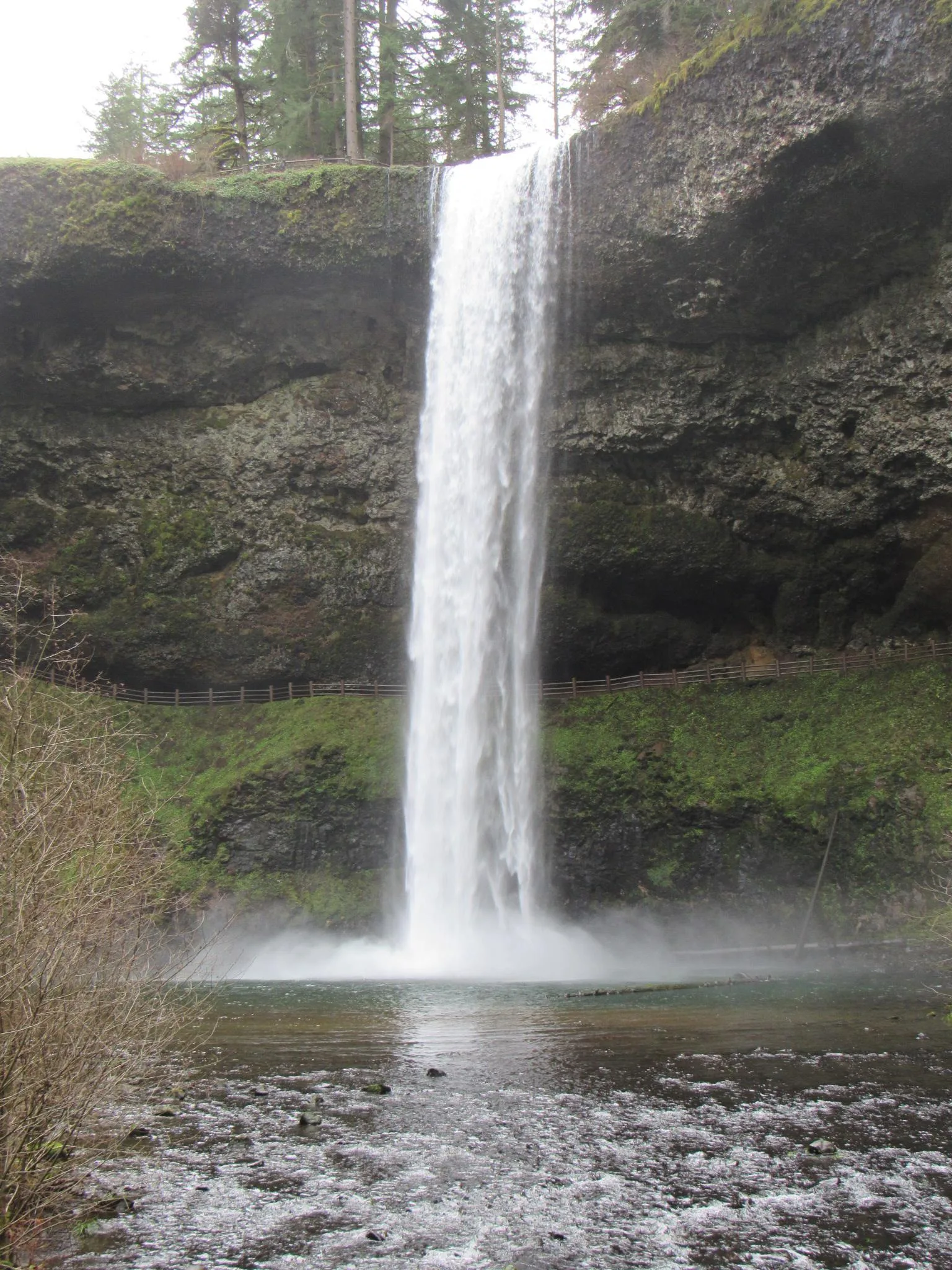
Future Prospects
Future developments include enhancing trailheads and viewpoints, potentially expanding the campground to 40–100 sites, and improving accessibility. Research into the canyon’s geological history and ecological recovery continues, while visitor management strategies aim to balance popularity with preservation. The park’s remote allure ensures it remains a must-see, inviting exploration of its waterfalls and trails as a living legacy of Oregon’s past and present.


